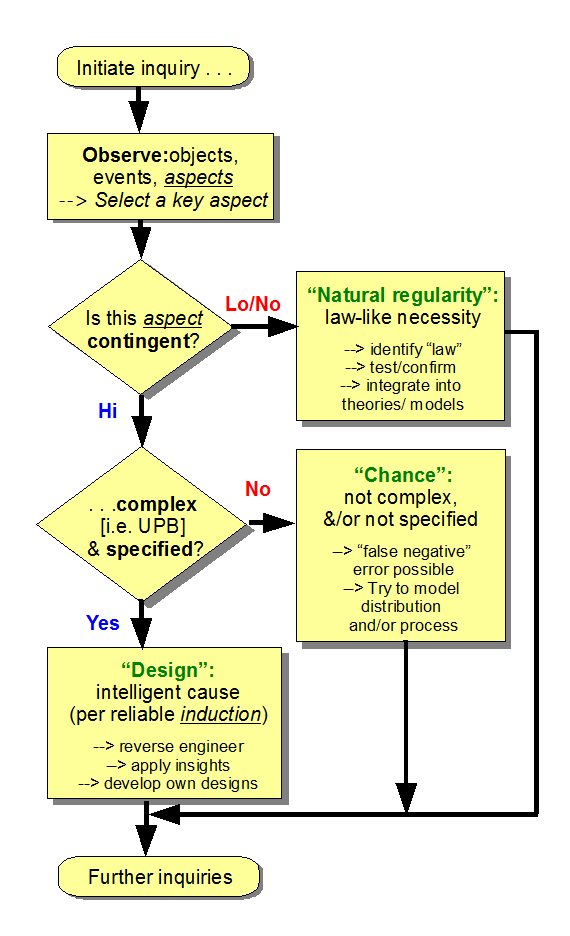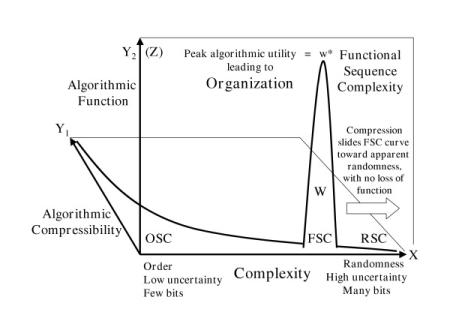The announced “death” of the Fine-tuning Cosmological Argument seems to have been over-stated
In recent days, there has been a considerable stir in the blogosphere, as prof Don Page of the University of Alberta has issued two papers and a slide show that purport to show the death of — or at least significant evidence against — the fine-tuning cosmological argument. (Cf here and here at UD. [NB: A 101-level summary and context for the fine-tuning argument, with onward links is here. A fairly impressive compendium of articles, links and videos on fine-tuning is here. Video summary is here, from that compendium. (Privileged Planet at Amazon)])
[youtube guHodt-7Q7A]
However, an examination of the shorter of the two papers by the professor, will show that he has apparently overlooked a logical subtlety. He has in fact only argued that there may be a second, fine-tuned range of possible values for the cosmological constant. This may be seen from p. 5 of that paper:
. . . with the cosmological constant being the negative of the value for the MUM that makes it have present age
t0 = H0^- 1 = 10^8years/alpha, the total lifetime of the anti-MUM model is 2.44t0 = 33:4 Gyr.
Values of [L] more negative than this would presumably reduce the amount of life per baryon that has condensed into galaxies more than the increase in the fraction of baryons that condense into galaxies in the first place, so I would suspect that the value of the cosmological constant that maximizes the fraction of baryons becoming life is between zero and – LO ~ 3.5 * 10^- 122, with a somewhat lower magnitude than the observed value but with the opposite sign. [Emphases added, and substitutes made for symbols that give trouble in browsers.]
Plainly, though, if one is proposing a range of values that is constrained to within several parts in 10^-122, one is discussing a fairly fine-tuned figure.
Just, you are arguing for a second possible locus of fine-tuning on the other side of zero.
(And, that would still be so even if the new range were 0 to minus several parts in 10^-2 [a few percent], not minus several parts in 10^-122 [a few percent of a trillionth of a trillionth of . . . ten times over]. Several parts in a trillion is rather roughly comparable to the ratio of the size of a bacterium to twice the length of Florida or the lengths of Cuba or Honshu in Japan or Cape York in Australia or Great Britain or Italy )


